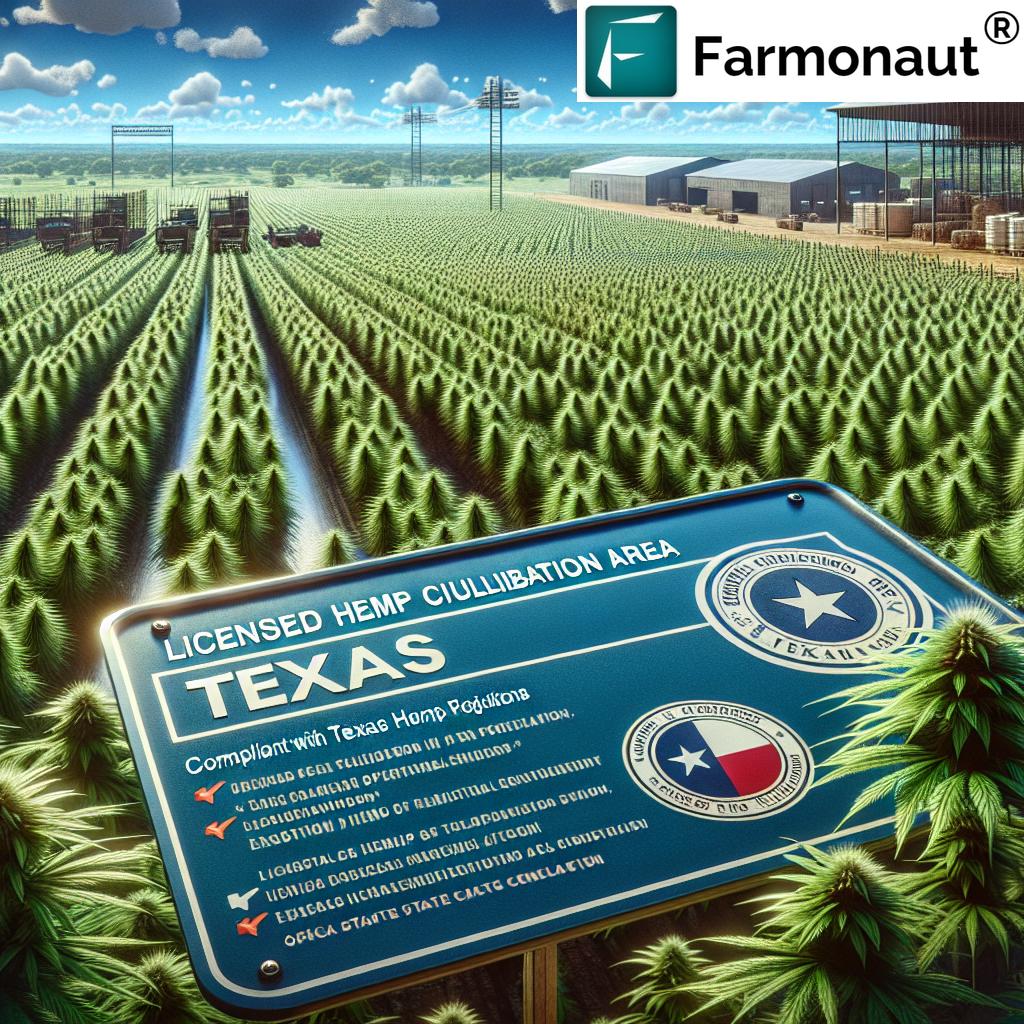Hawaii Agriculture QR Code: 5 Ways Changing 2025
“Over 60% of Hawaiian farms plan to adopt QR code traceability systems by 2025, enhancing product transparency statewide.”
Summary: Hawaii Agriculture & the Role of QR Codes in Modern Farming
Hawaii’s unique agricultural economy is evolving rapidly in response to twenty-first-century challenges. The integration of digital tools—especially QR codes—into agriculture in Hawaii is revolutionizing how farmers, retailers, and consumers interact with local produce. By enabling traceability, transparency, and real-time access to information, the hawaii agriculture form qr code and related technologies are fostering trust and efficiency across the islands’ crops, including in renowned sectors like kona coffee.
This article explores five innovative ways that hawaii agriculture qr code systems and digital tools are being deployed to address food security, market demands, sustainability, and consumer engagement in 2025 and beyond. From farm management to consumer marketing, we’ll see how the landscape of farming and food in Hawaii is being transformed by this simple, powerful technology.
The Importance of Agriculture in Hawaii
Hawaii agriculture has always played a crucial role in the islands’ economy, culture, and community identity. From the long history of cultivating traditional crops like taro and pineapple to contemporary diversified farming of coffee, macadamia nuts, papaya, and assorted fruits and vegetables, Hawaii’s arable land supports both local food security and the wider tourism market.
Despite limited land resources and the unique island ecosystem, agriculture remains vital. Hawaiian farmers and communities are not only producing high-value specialty products but also addressing the challenges of climate change, invasive species, shifting labor markets, and rising global competition. Across the islands, innovation is no longer a luxury but a necessity, and the integration of qr codes and other technologies is a key adaptation that supports this evolving landscape.
Introduction of QR Codes in Hawaii Agriculture
The adoption of QR (Quick Response) codes—a type of barcode that can be scanned by any smartphone—is transforming agriculture in Hawaii. These codes allow farmers, managers, and consumers to instantly access data about crops, farm inputs, products, certifications, and supply chains directly from field to store.
As qr codes are incorporated into everything from fertilizer bags and seed packets to harvested produce, their potential for boosting traceability, transparency, and consumer trust grows exponentially. By 2025, using a hawaii agriculture qr code is expected to be standard practice across the sector, providing a digital bridge that connects traditional farming wisdom with modern, data-driven operations.
Comparative Benefits: Traditional Hawaiian Farming vs. QR Code-Enabled Farming (2024 vs. 2025)
Table Insights: The table above illustrates dramatic improvements in traceability, transparency, and consumer trust when Hawaiian farms integrate QR code technology into their workflow. Instant scanning eliminates delays and errors, while improved transparency enhances market appeal and trust in hawaii agriculture.
“Hawaii’s QR code-enabled produce labeling is projected to increase consumer trust in local agriculture by 40% by 2025.”
5 Key Ways Hawaii Agriculture QR Codes Are Transforming 2025
Let’s dive into the five primary ways the deployment of hawaii agriculture qr code and digital tools is revolutionizing farming and produce in the Hawaiian Islands:
1. Farm Management and Data Tracking with Hawaii Agriculture Form QR Code
In 2025, farm management in Hawaii depends on tracking a wide range of factors: planting dates, fertilizer schedules, irrigation logs, pest treatments, and equipment status. QR codes enable accurate, efficient labeling across equipment, seed packets, fertilizer bags, and even freshly harvested crops. When a worker, manager, or auditor scans the qr, they instantly access up-to-date, detailed information—eliminating guesswork or manual paperwork.
- Efficient Data Management: Each scan returns current records and facilitates real-time decision-making.
- Inventory Control: Keep tabs on seed stock, fertilizer, and other inputs—easy to reorder and monitor use by scanning relevant bags or packets.
- Reduced Human Error: Automated hawaii agriculture form qr code records help mitigate delays or mistakes caused by manual data entry.
- Supports Precision Agriculture: Integrated digital logs aligned with QR code data allow site-specific adjustments to practices.
As hawaiian farms grow in scale and sophistication, digital management supports local food security and better resource allocation across the islands.
Want to streamline large-scale Hawaiian farm operations? Explore Farmonaut Large Scale Farm Management, optimized for modern management and record keeping.
2. Pest and Disease Control: QR Codes as Rapid Advisory Tools
The unique ecosystem of Hawaii is both a blessing—enriching the diversity of crops—and a challenge due to invasive species and outbreaks that threaten production. Hawaii agriculture qr code integrations now provide rapid digital access to pest identification tools, regional alerts, and appropriate treatment protocols right in the field.
- Instant Guidance for Farmers: Scan a qr code on pest control guides or equipment to retrieve tailored pest management info.
- Pest Tracking: Document and monitor pest outbreaks for rapid response and historical data analysis, improving ecosystem health.
- Integrated Advisory Systems: Access real-time, AI-powered guidance directly connected to state and local agricultural agencies.
Quick scanning of codes means even new or seasonal workers get the information they need to implement the best practices, saving time and resources, and helping to preserve Hawaii’s agricultural biodiversity.
3. Certification, Sustainability Credentials & Consumer Trust
Traceability and authenticity are more valuable than ever to discerning consumers in 2025. Organic, Fair-Trade, and Local certifications can be instantly verifiable through QR codes on product labels, giving buyers confidence in their food choices and reinforcing Hawaii’s reputation for sustainable agricultural practices.
- Traceability of Origin: Scan to confirm the hawaiian farm, production dates, and compliance status.
- Transparency in Claims: Prevent ‘greenwashing’ by digitizing sustainability credentials and making them instantly available to retailers and consumers.
- Reward for Good Practices: Certified products with transparent supply records can command a market premium, supporting both local farmers and the state’s agricultural economy.
The shift toward digital certifications reinforces the importance of trust in hawaii agriculture. QR systems provide a solid platform for blockchain-enabled traceability—a key foundation for next-generation agri-business and food safety.
Explore robust Traceability Solutions for Hawaiian agriculture—Farmonaut’s traceability platform leverages blockchain and digital tools for end-to-end product assurance.
4. Supply Chain Transparency and Traceability: From Farm to Table
The journey of a Hawaiian papaya, pineapple, or coffee bean doesn’t end at harvest. Supply chain transparency is central to modern food safety and market value. By assigning hawaii agriculture qr code identifiers at every step, produce can be tracked seamlessly from farm to store, ready to showcase provenance at a moment’s notice.
- Batch-Level Tracking: Know when and where a product was harvested, which farm produced it, and the route it took to see retail shelves.
- Rapid Recall Support: If concerns arise, affected batches can be identified and removed with unprecedented speed, protecting both consumers and brands.
- Value-Add for Local Produce: Hawaiian products highlighted for their unique journey gain visibility in competitive global markets.
Such transparent traceability is a vital response to both consumer demand and regulatory requirements—and sets Hawaiian agriculture apart as both resilient and premium quality.
5. QR Codes for Consumer Engagement and Marketing in Hawaii Agriculture
The integration of QR codes goes beyond efficiency—it creates meaningful engagement between hawaii agriculture and consumers. Scanning a label on a Maui-grown avocado or Kona coffee bag can now provide:
- Farm Profiles: Stories, videos, and photos direct from the island farm that produced the food.
- Recipe Inspiration: Multimedia content or chef interviews to show new ways to enjoy local products.
- Agri-Tourism Opportunities: Links to visit farms, events, or participate in tours, driving value for local communities and tourism.
This digital connection not only personalizes each bite but also supports a uniquely Hawaiian brand of food, centered on culture, history, and sustainability.
Optimize carbon footprinting and promote sustainable practices: The Farmonaut Carbon Footprinting Platform recommends eco-smart choices, aligning perfectly with consumer demand for green and traceable Hawaiian products.
Kona Coffee Sector: Hawaii Agriculture QR Code Example
Among Hawaii’s key crops, Kona coffee stands out as an industry leader in deploying qr codes. The Kona sector has adopted hawaii agriculture qr codes on packaging that, when scanned, provide consumers with detailed information about:
- The specific farm and elevation where the coffee was grown
- Harvest and roasting dates for peak freshness
- Sustainability certifications and ecological farming practices
- Tasting notes, farmer stories, and direct retailer links
This approach not only enhances value and market appeal but also stands as a model of traceability, transparency, and consumer trust for the broader Hawaiian farming community.
Discover more about farm monitoring technologies for monitoring coffee and diversified hawaiian crops with Farmonaut’s crop plantation and advisory platform.
Challenges, Considerations & the Future Outlook of Hawaii Agriculture QR Code Adoption
While the benefits of hawaii agriculture qr code adoption are far-reaching, several challenges remain:
- Digital Divide: Some small-scale and traditional farmers may lack the digital tools or skills to implement QR-based systems independently.
- Connectivity Barriers: Hawaii’s rural and remote regions may face gaps in mobile data and reliable internet, limiting real-time access to QR-enabled data.
- Cost and Accessibility: Initial investment in QR labeling, data infrastructure, and staff training may present a temporary hurdle for the smallest operations.
However, as hawaiian agriculture moves forward, the rapidly falling price of digital technology, ongoing government digital literacy initiatives, and increasing consumer demand for authenticity will catalyze adoption across the sector.
Looking ahead, the integration of qr code technologies with blockchain and IoT sensors will provide even deeper insights—enabling transparent, efficient, and sustainable management from the smallest taro patch to the largest macadamia nut farm.
Empower remote and rural management: Farmonaut Fleet and Resource Management Tools assist farms in tracking logistics and resources—a crucial step for efficiency in Hawaii’s diverse landscape.
Farmonaut APIs for Real-Time Integration
For developers and integrators seeking to build custom agricultural solutions or expand QR code traceability, Farmonaut’s API provides a robust foundation. Access our API here: Farmonaut Agriculture API or consult the documentation at API Developer Docs to power new digital tools for Hawaiian farms.
The Role of Farmonaut in Digital Transformation
At Farmonaut, we are dedicated to making satellite-driven insights both affordable and accessible for all farms—big or small. By leveraging satellite imagery, AI, and blockchain, our solutions empower farmers, businesses, and governments with real-time monitoring, blockchain-based traceability, and advanced resource management.
- Real-time Monitoring: Our platform delivers NDVI-based crop health assessment, soil condition data, and environmental impact feedback—enabling Hawaiian farmers to optimize yields while safeguarding ecosystem health.
- Blockchain Traceability: We help digitize product records and create tamper-proof QR-linked documentation, aligning with the latest hawaii agriculture qr code adoption trends.
- Scalable Deployment: Our modular system adapts to the needs of small holders, co-ops, and estate-scale farms—across islands, sectors, and supply chains.
- Affordability and Accessibility: No expensive hardware needed—just mobile access through our web app, API, or mobile apps.
Our mission is to provide the backbone technology for a transparent, efficient, and sustainable agricultural future—not only in Hawaii, but around the globe.
FAQ: Hawaii Agriculture QR Code & Traceability
- What is a Hawaii agriculture form QR code?
- A hawaii agriculture form qr code is a digital barcode attached to agricultural forms, product labels, or equipment. It stores critical information about crop production, traceability, certification status, and farm practices—accessible via smartphone or QR-enabled device.
- Why are QR codes important for agriculture in Hawaii?
- QR codes increase product traceability, transparency, and consumer trust by enabling instant, reliable access to critical data about hawaii agriculture—from field to market.
- How do QR codes support sustainability?
- By digitizing and authenticating certification records, reducing paperwork, and facilitating rapid verification of environmental practices, QR systems foster sustainable hawaiian agriculture.
- What percentage of Hawaiian farms are expected to adopt QR codes by 2025?
- Estimates suggest that over 60% of Hawaiian farms will use digital traceability systems, dramatically improving food transparency.
- Can QR codes improve Hawaii’s agricultural industry’s competitiveness in the market?
- Yes. Enhanced traceability and transparent product histories are increasingly demanded by premium markets, retailers, and global consumers, setting Hawaiian products apart internationally.
- What digital tools can complement QR code platforms in Hawaii agriculture?
- Satellite imagery, AI-based advisory, fleet and resource management, environmental impact tracking, and blockchain are powerful complements. See Farmonaut’s suite for examples tailored to regional needs.
Conclusion: Hawaii Agriculture QR Code, Innovation & the Future
As Hawaii stands at the crossroads of tradition and modern innovation, the full integration of qr codes promises a more transparent, efficient, and sustainable agricultural sector. Whether it’s tracking the label on a kona coffee bag or scanning a farm gate entry in Oahu, the hawaii agriculture qr code ushers in new standards for traceability, data management, and consumer engagement.
From supporting the cornerstone economy and culture of the islands to enabling the next phase of sustainable practice and global trade, QR code technology is more than a digital tool—it’s a bridge to Hawaii’s agricultural future.
To join this movement for better food, stronger communities, and a smarter, greener Hawaii, explore our tools and solutions today.
Hawaii agriculture is changing—embrace QR code innovation today for a greener, more transparent tomorrow!













